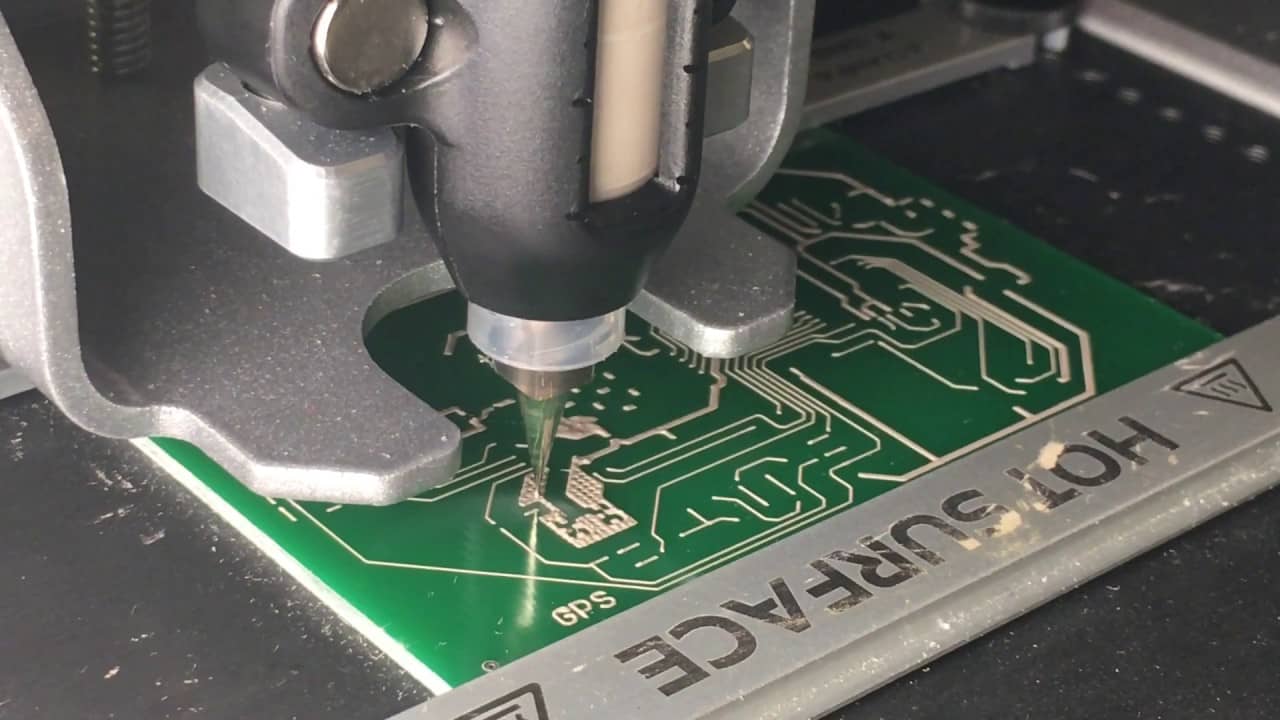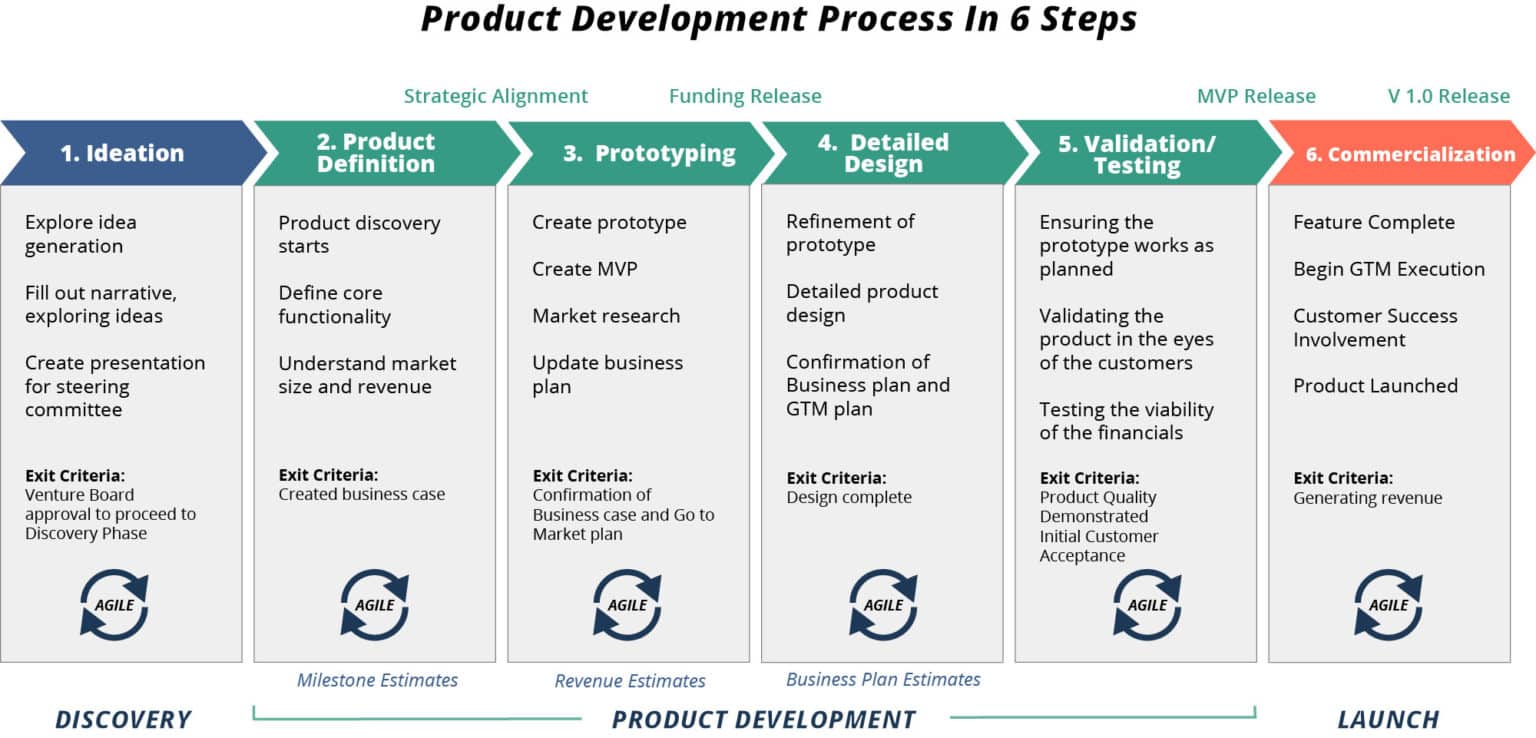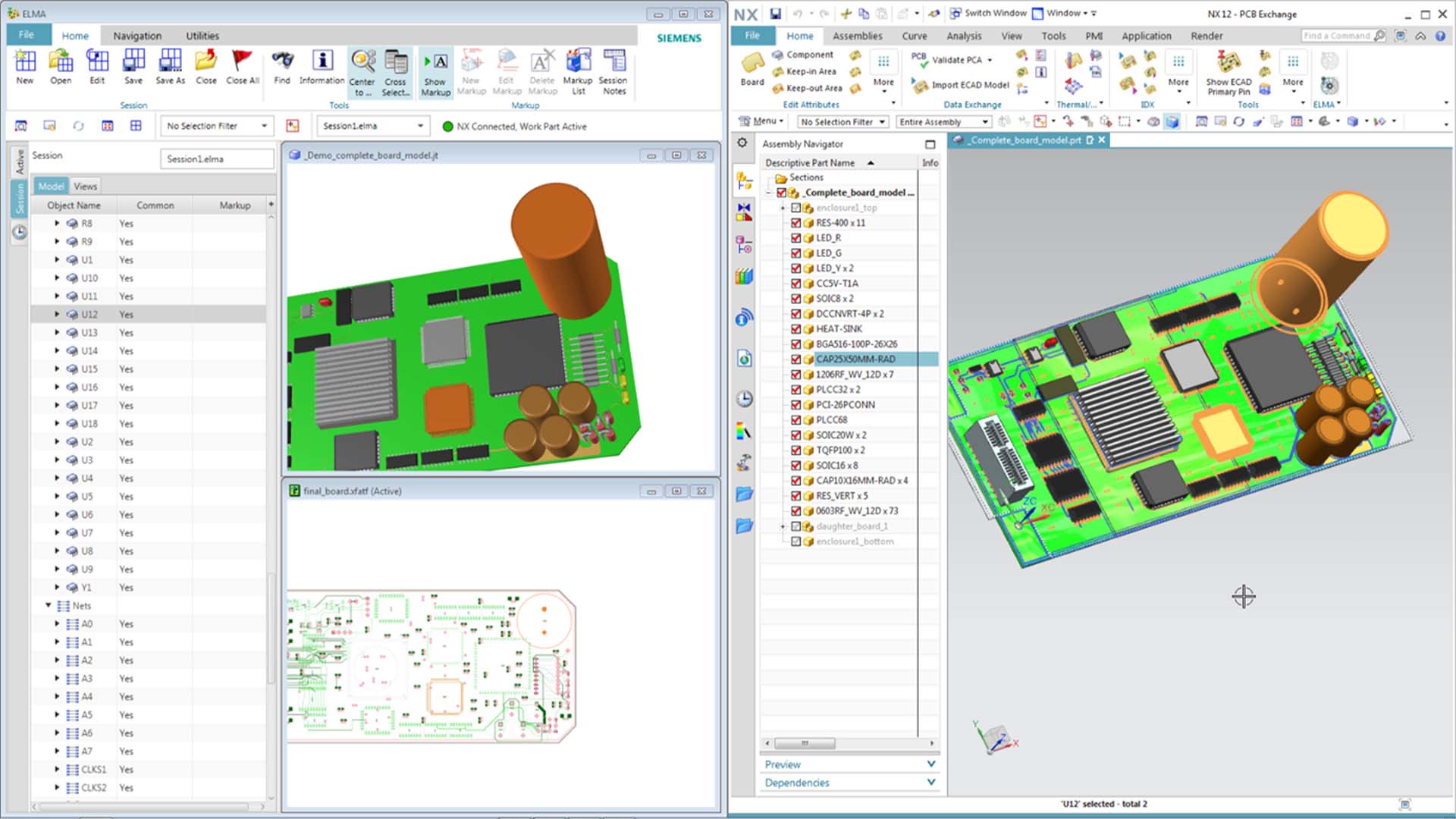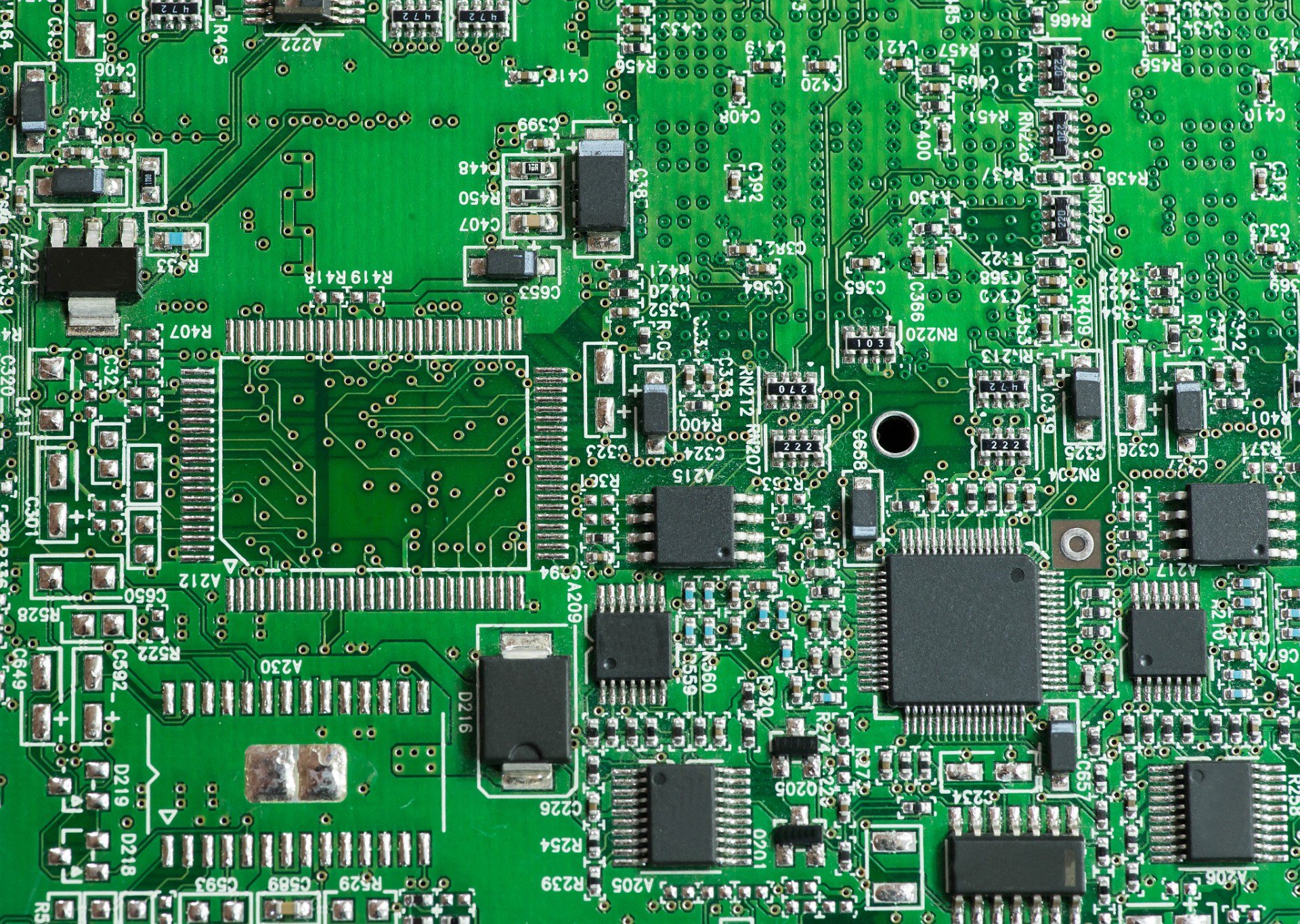Unlocking Innovation in PCB Design: Key Challenges and Opportunities
The world of electronics design is rapidly evolving, driven by the increasing demand for smaller, faster, and more complex devices. At the heart of this evolution is the printed circuit board (PCB), which serves as the backbone of modern electronics. However, the design and development of PCBs are facing significant challenges, including complexity, miniaturization, and time-to-market pressures. To stay ahead of the curve, electronics designers and manufacturers must adopt innovative strategies for PCB prototyping and development.
One of the primary challenges in PCB design is the need to balance complexity with miniaturization. As devices become smaller and more complex, the risk of errors and defects increases, making it essential to implement robust design and testing methodologies. Furthermore, the pressure to reduce time-to-market is driving the need for faster and more efficient PCB prototyping and development processes.
Despite these challenges, the opportunities for innovation in PCB design are vast. The adoption of advanced materials and technologies, such as flexible PCBs and 3D printing, is enabling the creation of complex and compact devices that were previously impossible to manufacture. Additionally, the integration of electronic computer-aided design (ECAD) and mechanical computer-aided design (MCAD) tools is facilitating collaborative design and reducing the risk of errors.
To unlock innovation in PCB design, electronics designers and manufacturers must adopt a holistic approach that combines cutting-edge technologies with robust design and testing methodologies. This includes the implementation of PCB prototyping and development innovation strategies that prioritize speed, efficiency, and collaboration. By embracing these strategies, companies can stay ahead of the competition and capitalize on the vast opportunities presented by the rapidly evolving world of electronics design.
Some of the key PCB prototyping and development innovation strategies that companies can adopt include the use of agile development methodologies, design for manufacturability (DFM), and the integration of ECAD and MCAD tools. These strategies can help to streamline the design and development process, reduce errors and defects, and improve collaboration between designers and manufacturers.
By adopting these innovation strategies, companies can unlock the full potential of PCB design and stay ahead of the competition in the rapidly evolving world of electronics. Whether it’s the development of complex medical devices, high-speed computing systems, or innovative consumer electronics, the adoption of PCB prototyping and development innovation strategies is essential for success.
How to Leverage Advanced Materials and Technologies for PCB Innovation
The rapid advancement of technology has led to the development of innovative materials and technologies that are transforming the field of printed circuit board (PCB) design. Advanced materials such as flexible PCBs, 3D printing, and nanomaterials are enabling the creation of complex and compact devices that were previously impossible to manufacture. By leveraging these advanced materials and technologies, electronics designers and manufacturers can drive innovation in PCB design and stay ahead of the competition.
Flexible PCBs, for example, offer a range of benefits including increased flexibility, reduced weight, and improved reliability. These benefits make flexible PCBs an ideal choice for applications such as wearable technology, medical devices, and aerospace engineering. Additionally, the use of 3D printing in PCB design is enabling the rapid prototyping and production of complex geometries and structures that were previously impossible to manufacture.
Nanomaterials are also playing a key role in driving innovation in PCB design. These materials offer a range of benefits including improved thermal management, increased strength, and reduced weight. By incorporating nanomaterials into PCB designs, electronics designers and manufacturers can create devices that are more efficient, reliable, and compact.
One of the key challenges in leveraging advanced materials and technologies for PCB innovation is the need for specialized knowledge and expertise. Electronics designers and manufacturers must have a deep understanding of the properties and characteristics of these materials and technologies in order to effectively integrate them into their designs. Additionally, the use of advanced materials and technologies often requires significant investment in new equipment and software.
Despite these challenges, the benefits of leveraging advanced materials and technologies for PCB innovation are clear. By adopting these innovative strategies, electronics designers and manufacturers can create devices that are more efficient, reliable, and compact. Additionally, the use of advanced materials and technologies can help to drive down costs and improve time-to-market.
Some examples of successful applications of advanced materials and technologies in PCB design include the use of flexible PCBs in wearable technology, the use of 3D printing in aerospace engineering, and the use of nanomaterials in medical devices. These examples demonstrate the potential of advanced materials and technologies to drive innovation in PCB design and enable the creation of complex and compact devices.
By incorporating advanced materials and technologies into their PCB prototyping and development innovation strategies, electronics designers and manufacturers can stay ahead of the competition and drive innovation in the field of PCB design. Whether it’s the development of complex medical devices, high-speed computing systems, or innovative consumer electronics, the use of advanced materials and technologies is essential for success.
Streamlining PCB Prototyping with Agile Development Methodologies
The traditional waterfall approach to PCB prototyping and development can be time-consuming and prone to errors. In contrast, agile development methodologies offer a more flexible and iterative approach to PCB design, enabling faster time-to-market and improved collaboration between designers and manufacturers. By applying agile principles to PCB prototyping, electronics designers and manufacturers can streamline their development processes, reduce risk, and improve overall efficiency.
One of the key benefits of agile development methodologies is the ability to iterate quickly and respond to changing requirements. In PCB design, this means that designers can rapidly prototype and test new ideas, reducing the risk of errors and improving overall quality. Additionally, agile methodologies promote collaboration and communication between designers and manufacturers, ensuring that all stakeholders are aligned and working towards a common goal.
There are several tools and techniques that can be used to implement agile development methodologies in PCB design. These include agile project management software, such as Jira or Trello, which enable teams to track progress and collaborate on design tasks. Additionally, design automation tools, such as Altium or Cadence, can be used to streamline the design process and reduce the risk of errors.
Another key benefit of agile development methodologies is the ability to reduce risk and improve overall quality. By iterating quickly and testing new ideas, designers can identify and address potential issues early in the development process, reducing the risk of costly rework or redesign. Additionally, agile methodologies promote a culture of continuous improvement, encouraging designers and manufacturers to continually refine and improve their processes.
Some examples of successful applications of agile development methodologies in PCB design include the development of complex medical devices, high-speed computing systems, and innovative consumer electronics. These examples demonstrate the potential of agile development methodologies to streamline PCB prototyping and development, improve collaboration, and reduce risk.
By incorporating agile development methodologies into their PCB prototyping and development innovation strategies, electronics designers and manufacturers can stay ahead of the competition and drive innovation in the field of PCB design. Whether it’s the development of complex medical devices, high-speed computing systems, or innovative consumer electronics, the use of agile development methodologies is essential for success.
In addition to the benefits mentioned above, agile development methodologies can also help to improve communication and collaboration between designers and manufacturers. By promoting a culture of continuous improvement and encouraging designers and manufacturers to work together, agile methodologies can help to ensure that all stakeholders are aligned and working towards a common goal.
Design for Manufacturability: Strategies for Efficient PCB Production
Design for manufacturability (DFM) is a critical aspect of PCB design that involves optimizing the design for efficient production. By considering the manufacturing process during the design phase, electronics designers and manufacturers can reduce production costs, improve quality, and increase efficiency. In this article, we will discuss the importance of DFM in PCB design and provide tips for optimizing PCB designs for efficient production.
One of the key considerations in DFM is component selection. The selection of components can have a significant impact on the manufacturability of the PCB. For example, components with smaller footprints and lower profiles can be easier to manufacture and assemble. Additionally, components with standardized packaging can simplify the manufacturing process and reduce the risk of errors.
Another important consideration in DFM is layout. The layout of the PCB can affect the manufacturing process in several ways. For example, a well-designed layout can improve the flow of manufacturing processes, reduce the risk of errors, and increase efficiency. Additionally, a well-designed layout can also improve the thermal management of the PCB, which is critical for high-speed and high-power applications.
Testing is also an important aspect of DFM. The testing process can be time-consuming and costly, but it is essential for ensuring the quality and reliability of the PCB. By designing the PCB with testing in mind, electronics designers and manufacturers can reduce the risk of errors and improve the overall quality of the PCB.
Some tips for optimizing PCB designs for efficient production include using standardized components and packaging, designing for ease of assembly and testing, and optimizing the layout for manufacturing processes. Additionally, using design automation tools and software can also help to streamline the design process and reduce the risk of errors.
By incorporating DFM into their PCB prototyping and development innovation strategies, electronics designers and manufacturers can improve the efficiency and quality of their PCB designs. Whether it’s the development of complex medical devices, high-speed computing systems, or innovative consumer electronics, the use of DFM is essential for success.
In addition to the benefits mentioned above, DFM can also help to reduce the environmental impact of PCB production. By designing PCBs with sustainability in mind, electronics designers and manufacturers can reduce waste, conserve resources, and minimize the environmental impact of their products.
Some examples of successful applications of DFM in PCB design include the development of high-speed computing systems, medical devices, and innovative consumer electronics. These examples demonstrate the potential of DFM to improve the efficiency and quality of PCB designs, while also reducing the environmental impact of production.
Collaborative PCB Design: The Role of ECAD-MCAD Integration
The design of printed circuit boards (PCBs) is a complex process that requires collaboration between multiple stakeholders, including electrical engineers, mechanical engineers, and manufacturing teams. To facilitate this collaboration, electronic computer-aided design (ECAD) and mechanical computer-aided design (MCAD) tools are being integrated to create a unified design environment. This integration enables designers to work together more effectively, reducing errors and improving the overall quality of the PCB design.
ECAD-MCAD integration allows designers to share designs and collaborate in real-time, reducing the risk of errors and miscommunication. This integration also enables designers to simulate and analyze the behavior of the PCB, including thermal, mechanical, and electrical performance. By integrating ECAD and MCAD tools, designers can create a more accurate and comprehensive design, reducing the need for costly rework and revisions.
One of the key benefits of ECAD-MCAD integration is the ability to create a digital twin of the PCB design. This digital twin allows designers to simulate and analyze the behavior of the PCB, including thermal, mechanical, and electrical performance. By creating a digital twin, designers can identify and address potential issues early in the design process, reducing the risk of errors and improving the overall quality of the PCB design.
Another benefit of ECAD-MCAD integration is the ability to automate the design process. By integrating ECAD and MCAD tools, designers can automate tasks such as design rule checking, simulation, and analysis. This automation enables designers to focus on higher-level tasks, such as design optimization and innovation.
Some examples of successful applications of ECAD-MCAD integration include the design of complex medical devices, high-speed computing systems, and innovative consumer electronics. These examples demonstrate the potential of ECAD-MCAD integration to improve the quality and efficiency of PCB design, while also reducing the risk of errors and improving collaboration between designers and manufacturers.
By incorporating ECAD-MCAD integration into their PCB prototyping and development innovation strategies, electronics designers and manufacturers can improve the quality and efficiency of their PCB designs. Whether it’s the development of complex medical devices, high-speed computing systems, or innovative consumer electronics, the use of ECAD-MCAD integration is essential for success.
In addition to the benefits mentioned above, ECAD-MCAD integration can also help to reduce the environmental impact of PCB production. By creating a digital twin of the PCB design, designers can simulate and analyze the behavior of the PCB, reducing the need for physical prototypes and minimizing waste.
PCB Prototyping and Development in the Age of IoT and AI
The proliferation of the Internet of Things (IoT) and Artificial Intelligence (AI) has significantly impacted the field of PCB prototyping and development. As the demand for connected devices and intelligent systems continues to grow, PCB designers must adapt to new challenges and opportunities. In this context, innovation strategies for PCB prototyping and development are crucial for staying ahead of the curve.
One of the primary challenges in designing PCBs for IoT and AI applications is the need for increased connectivity. This requires the integration of various sensors, antennas, and communication protocols, which can be complex and time-consuming. To address this challenge, PCB designers can leverage advanced materials and technologies, such as flexible PCBs and 3D printing, to create compact and efficient designs.
Another key consideration is the need for data analytics and processing power. AI-powered devices require sophisticated algorithms and machine learning capabilities, which demand high-performance computing and memory. PCB designers must optimize their designs to accommodate these requirements, while also ensuring reliable and efficient data transfer.
Furthermore, the use of AI and machine learning in PCB design can also enable new levels of automation and optimization. For instance, AI-powered design tools can analyze complex design data and provide recommendations for improvement. This can significantly reduce the time and effort required for PCB prototyping and development.
Examples of innovative PCB designs for IoT and AI applications include smart home devices, autonomous vehicles, and industrial automation systems. These designs often require the integration of multiple sensors, actuators, and communication protocols, which demands a high degree of complexity and sophistication.
To stay ahead of the curve in PCB prototyping and development, designers must adopt innovation strategies that address the unique challenges of IoT and AI applications. This includes leveraging advanced materials and technologies, optimizing designs for high-performance computing and data analytics, and embracing AI-powered design tools. By doing so, designers can create innovative and efficient PCB designs that meet the demands of this rapidly evolving field.
As the IoT and AI continue to transform the landscape of PCB design, it is essential to prioritize innovation and adaptability. By embracing new technologies and design strategies, PCB designers can unlock new opportunities for growth and development, and create innovative solutions that drive business success.
Overcoming the Challenges of High-Speed PCB Design
High-speed PCB design is a complex and challenging field that requires careful consideration of several key factors. As the demand for faster and more efficient electronic devices continues to grow, PCB designers must develop innovative strategies to overcome the challenges of high-speed design. In this context, PCB prototyping and development innovation strategies play a crucial role in ensuring reliable and efficient high-speed PCB performance.
One of the primary challenges in high-speed PCB design is signal integrity. As signal frequencies increase, the risk of signal degradation and distortion also rises. To mitigate this challenge, PCB designers can use advanced simulation tools and modeling techniques to analyze and optimize signal integrity. Additionally, the use of high-speed PCB materials and advanced via structures can help to minimize signal loss and ensure reliable data transfer.
Power integrity is another critical consideration in high-speed PCB design. As devices become more complex and power-hungry, the risk of power-related issues such as voltage drops and electromagnetic interference (EMI) increases. To address this challenge, PCB designers can use advanced power delivery network (PDN) analysis and optimization techniques to ensure reliable and efficient power delivery.
Thermal management is also a key challenge in high-speed PCB design. As devices generate more heat, the risk of thermal-related issues such as overheating and component failure increases. To mitigate this challenge, PCB designers can use advanced thermal analysis and simulation tools to optimize thermal performance and ensure reliable operation.
Strategies for overcoming the challenges of high-speed PCB design include the use of advanced materials and technologies, such as low-loss PCB materials and advanced via structures. Additionally, the use of innovative design techniques, such as 3D stacking and chip-scale packaging, can help to minimize signal loss and ensure reliable data transfer.
Examples of successful high-speed PCB designs include high-performance computing systems, high-speed networking equipment, and advanced medical devices. These designs often require the use of advanced simulation tools and modeling techniques to analyze and optimize signal integrity, power integrity, and thermal performance.
By adopting PCB prototyping and development innovation strategies, designers can overcome the challenges of high-speed PCB design and create innovative solutions that meet the demands of this rapidly evolving field. This includes leveraging advanced materials and technologies, using innovative design techniques, and optimizing signal integrity, power integrity, and thermal performance.
As the demand for faster and more efficient electronic devices continues to grow, the importance of high-speed PCB design will only continue to increase. By developing innovative strategies to overcome the challenges of high-speed design, PCB designers can play a critical role in driving innovation and growth in this field.
Future-Proofing PCB Design: Trends and Innovations to Watch
As the electronics industry continues to evolve, PCB prototyping and development innovation strategies must adapt to stay ahead of the curve. Emerging trends and innovations are transforming the landscape of PCB design, and understanding these developments is crucial for future-proofing designs. This article explores the key trends and innovations shaping the future of PCB design, including the integration of artificial intelligence, machine learning, and advanced materials.
One of the most significant trends in PCB design is the increasing use of artificial intelligence (AI) and machine learning (ML) algorithms. These technologies are being leveraged to optimize PCB design, simulation, and testing, enabling designers to create more efficient and reliable boards. AI-powered tools can analyze vast amounts of data, identify patterns, and make predictions, allowing designers to make informed decisions and reduce the risk of errors.
Another trend gaining momentum is the use of advanced materials in PCB design. New materials like graphene, nanomaterials, and metamaterials are being explored for their unique properties, such as high thermal conductivity, flexibility, and frequency selectivity. These materials have the potential to revolutionize PCB design, enabling the creation of smaller, faster, and more efficient boards.
The Internet of Things (IoT) and the proliferation of connected devices are also driving innovation in PCB design. As devices become increasingly connected, PCB designers must consider the need for increased connectivity, sensor integration, and data analytics. This has led to the development of new PCB design strategies, such as the use of system-in-package (SiP) and system-on-chip (SoC) designs.
In addition to these trends, the use of 3D printing and additive manufacturing is becoming more prevalent in PCB prototyping





